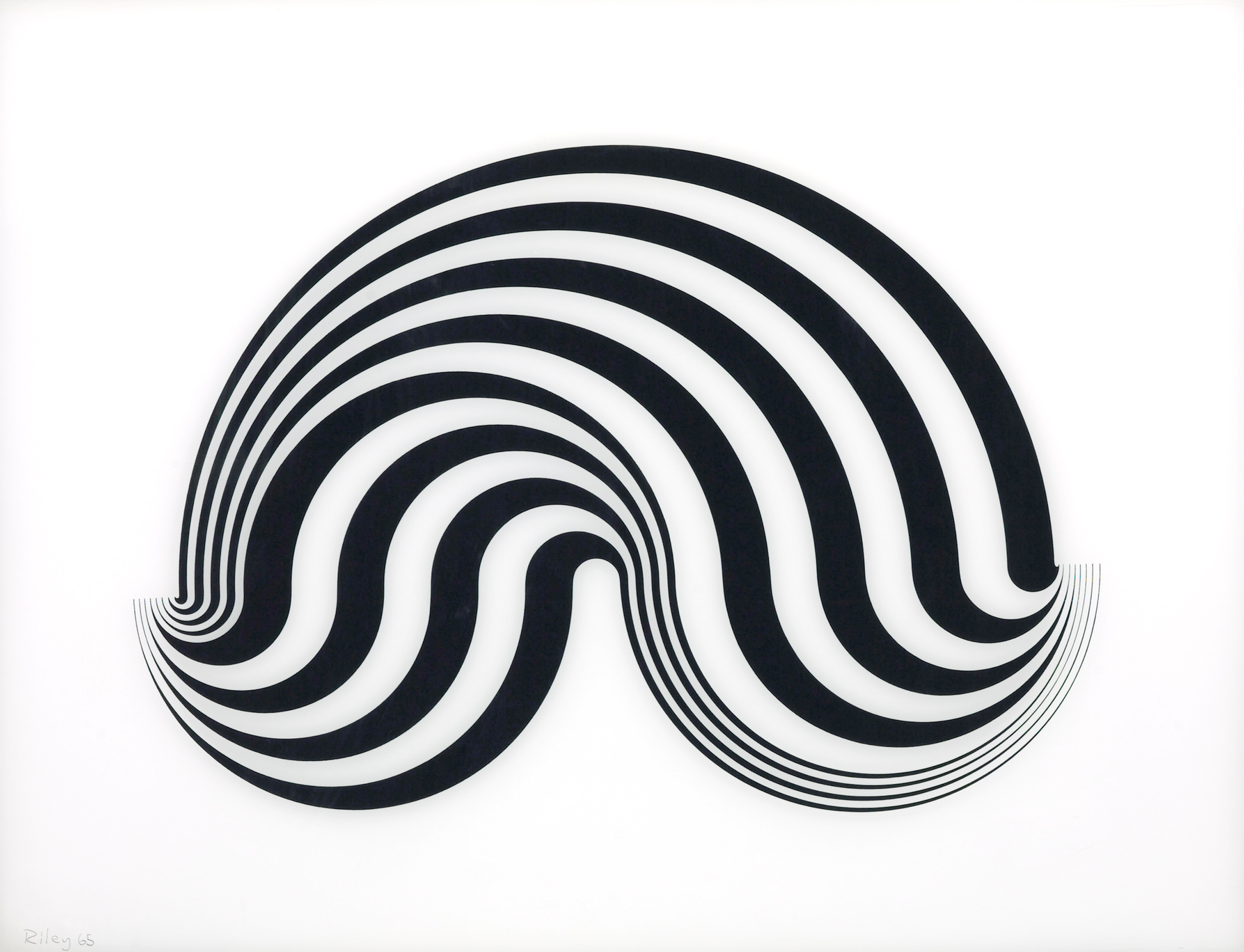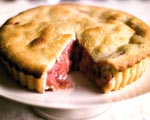My Favourite Painting: Mark Hix
Chef and cookery writer Marx Hix chooses a modern work by Bridget Riley, which he has owned for two decades.


Mark Hix on Untitled (Fragment 5), by Bridget Riley
‘I bought this piece from Bridget some 20 years ago and, when I asked what it was called, she said she didn’t name it at the time, although it’s often referred to as The Slug.
‘I love her early black-and-white work as it’s very much part of the 1960s and, although I was a little young, my late father had a lot of fun in those years, as far as I can gather ’
Mark Hix is a chef, food writer and restaurateur. His new book, ‘Hooked: Adventures in Angling & Eating’, is published by Octopus.
John McEwen’s analysis of Fragment 5 by Bridget Riley
Brian Sewell was ‘compelled to plunder his thesaurus of superlatives’ when describing the pictures of Bridget Riley. He was forced to agree with the Tate’s promotional pamphlet’s ‘undeniable and surprising beauty’ and ‘lyrical, powerful, serene’.
Like other women artists of her generation, who grew up at a time when art was still a male preserve, she regards herself as a painter among painters. Some viewers see her art as ‘very “feminine”’, but it’s never been ‘an issue’ for her. The critic Nigel Gosling wrote: ‘If I had to track down a feminine footprint here, I would point to a certain unforced patience, that quality which can add the thousandth stitch to the nine–hundred-and-ninety-nine without a tremor of triumph’, which she considered ‘a surprising little tribute’.
Her mother, a ‘looker’ not a ‘painter’, was a formative influence and, at the ‘splendid academic school’ Cheltenham Ladies’ College, the headmistress allowed her to devise her own art-centred curriculum. Six art-college years did, Dame Bridget says, bene-ficially teach her life drawing. While employed at the advertising company J. Walter Thompson, she saw the UK’s first Jackson Pollock exhibition. The ‘ability to convey appearance… no longer seemed essential’, although it was a ‘sacrifice’ to give it up.
She began the optically demanding black paintings that made her name. As her main purpose was now ‘to convey sensations’ in paint that bore no trace of handling, she took on assist-ants, ensuring the work was well made. ‘One of them once said something very nice: “We do the nice part, you do the hard work”.’
Exquisite houses, the beauty of Nature, and how to get the most from your life, straight to your inbox.
This screenprint on Perspex could well be described as conveying ‘undeniable and surprising beauty… lyrical, powerful, serene’.
‘Bridget Riley’ is at the Scottish National Gallery, Edinburgh, June 15–September 22 — see www.nationalgalleries.org/exhibition/bridget-riley.

Mark Hix shares his sensational rhubarb pie recipe
Mark Hix makes his wonderful rhubard pie as the fruit comes into season

Perfect roast goose recipe from Mark Hix
Cooking the perfect Christmas goose, with delicious gravy, is a fantastic way to celebrate Christmas. Mark Hix explains how it's
Country Life is unlike any other magazine: the only glossy weekly on the newsstand and the only magazine that has been guest-edited by His Majesty The King not once, but twice. It is a celebration of modern rural life and all its diverse joys and pleasures — that was first published in Queen Victoria's Diamond Jubilee year. Our eclectic mixture of witty and informative content — from the most up-to-date property news and commentary and a coveted glimpse inside some of the UK's best houses and gardens, to gardening, the arts and interior design, written by experts in their field — still cannot be found in print or online, anywhere else.
